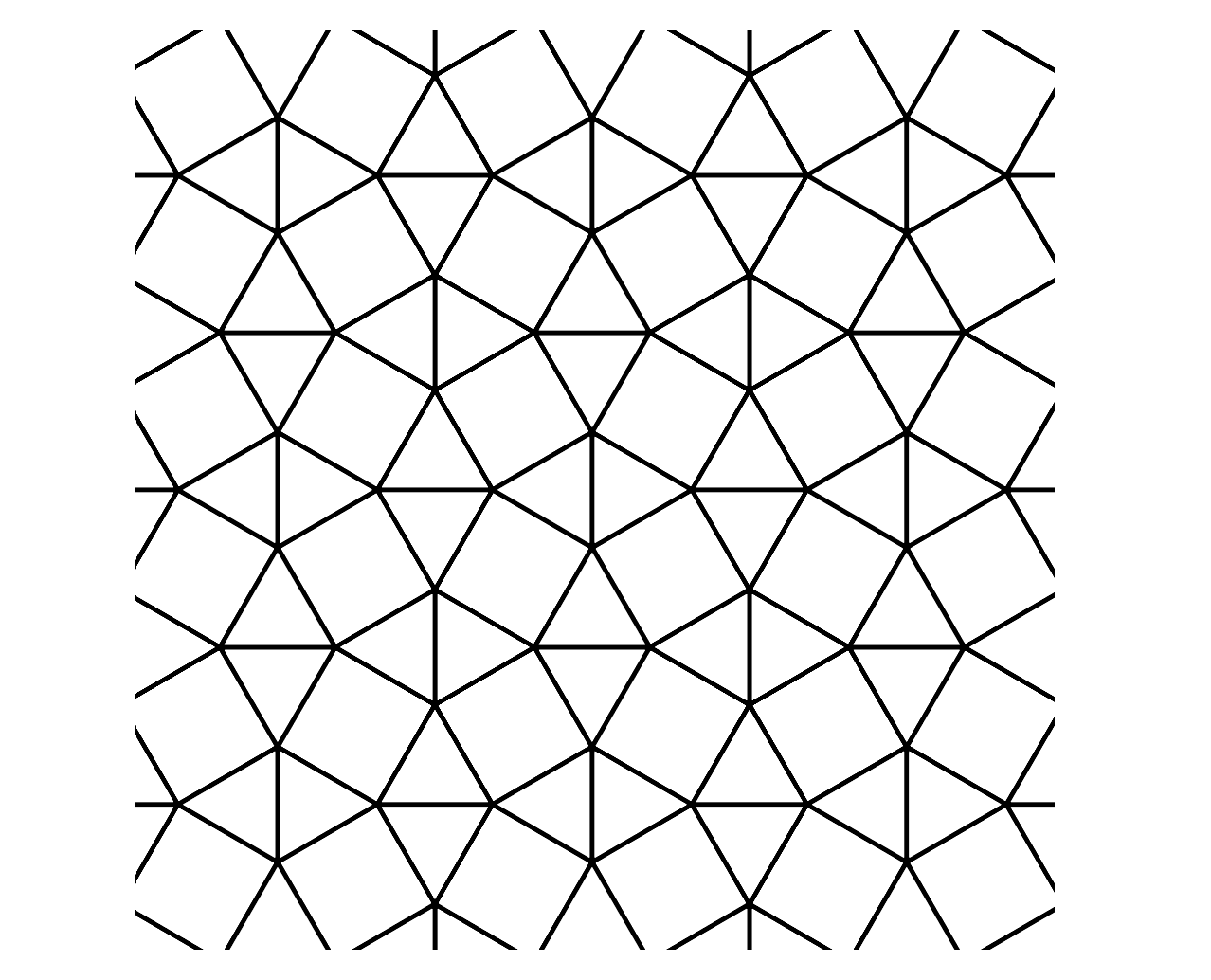

The other, which Myers came up with, is more “esoteric”, Kaplan says: it “follows a brand new line of attack that we haven’t seen before. One proof was more traditional, hinging on demonstrating that the shape behaved according to a certain set of rules. Kaplan and Smith had gotten about “halfway through the problem”, and Goodman-Strauss and Myers “were able to sort of fill in the rest of the puzzle and provide the rest of a proof”, Kaplan says.
Irregular tessellation patterns software#
Together they worked to confirm that the hat was indeed an einstein shape, and early this year they enlisted the help of two others – Dr Chaim Goodman-Strauss, a University of Arkansas mathematician, and Dr Joseph Myers, a software developer in Cambridge, England. Once he had landed on the hat, he contacted Kaplan, an associate professor of computer science at the University of Waterloo in Canada. “I am quite persistent but I suppose I did have a bit of luck,” Smith told the Guardian in an email.

Once he’d found an intriguing shape, he told the New York Times, he would cut it out of cardstock and see how he could fit the first 32 pieces together. The discovery was largely the work of David Smith of the East Riding of Yorkshire, who had a longstanding interest in the question and investigated the problem using an online geometry platform. Now, mathematicians appear to have found what they were looking for: a 13-sided shape they call “the hat”. And the furthest we got was in the 1970s,” when the Nobel-prize winning physicist Roger Penrose found pairs of shapes that fit the bill. And of course, mathematicians worked to get that number down over time. “The first example of an aperiodic set of shapes had over 20,000 shapes in it. “There’s been a thread of beautiful mathematics over the last 60 years or so searching for ever smaller sets of shapes that do this,” Kaplan says. Such a shape would be known as an aperiodic monotile, or “einstein” shape, meaning, in roughly translated German, “one shape” (and conveniently echoing the name of a certain theoretical physicist). What mathematicians were interested in were shapes that “guaranteed non-periodicity” – in other words, there was no way to tile them so that the overall pattern created a repeating grid.
Irregular tessellation patterns trial#
Although some shapes could not successfully create a tessellation, the students still enjoyed the process of trial and error, developing their understanding of geometry through an interdisciplinary approach.In nature and on our bathroom walls, we typically see tile patterns that repeat in “a very predictable, regular way”, says Dr Craig Kaplan, an associate professor of computer science at the University of Waterloo in Ontario. They then traced the outline of the shape in inter-locking patterns in order to create their own tessellation.

In their Mathematics lessons, Year 8 students became very familiar with regular and irregular polygons, drawing their shapes and then cutting them out of cardboard to use as a stencil. He created elaborate artworks that utilised distorted versions of more basic tessellation patterns, but that still held to three-, four-, or six-fold symmetry patterns. Year 8 students then explored the work of M C Escher who is known for his playful combinations of regular and irregular polygons to create tessellations that transform throughout the space in which they are drawn. This creates an interlocking, repeating pattern in which the shapes never overlap, nor leave any gaps. Last week, Year 8 started exploring the basic tessellations using regular polygons and learned that whenever two or more shapes (polygons) meet at a point, the internal angles must add up to 360 degrees. Year 8 students combined art and mathematics through the creation of tessellations inspired by M C Escher, the famous Dutch graphic artist.


 0 kommentar(er)
0 kommentar(er)
